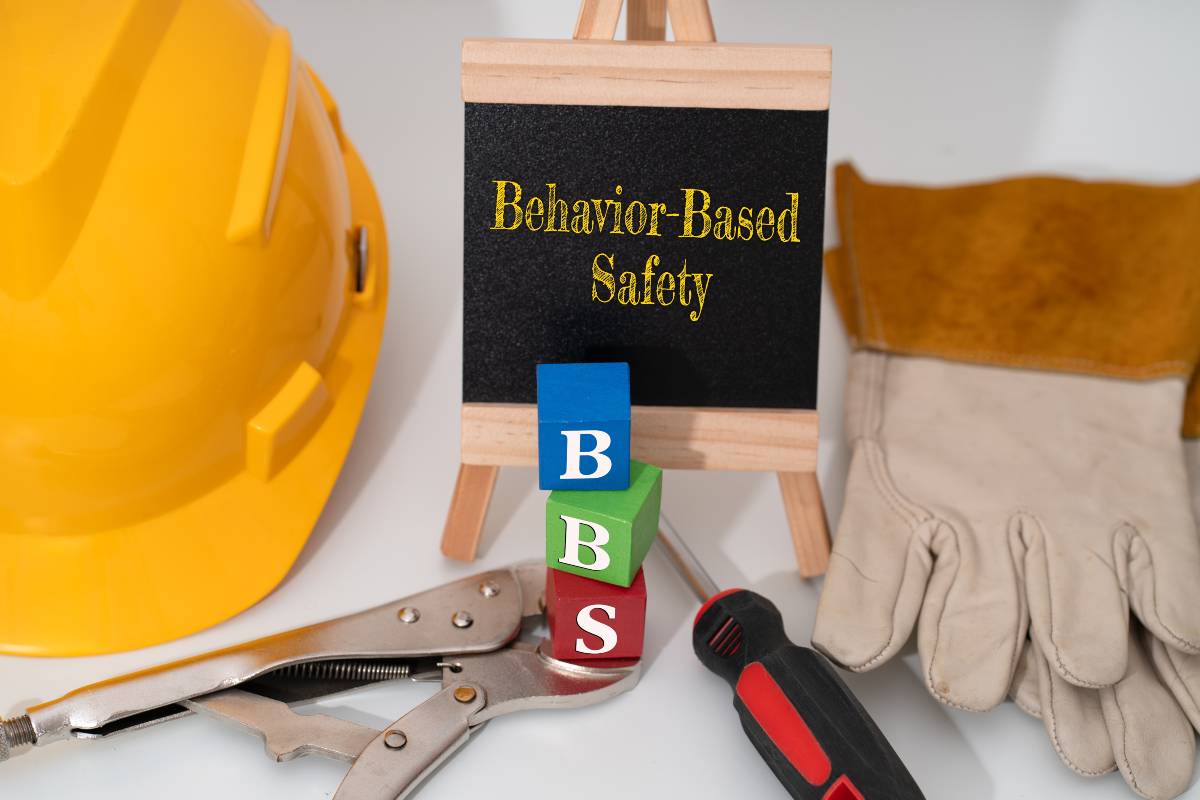
Best Practices for Implementing Behavior-Based Safety in HSE Training
Driving Safer Workplaces Through Proactive Human-Centered Practices
In today’s industrial landscape, organizations understand that relying solely on technical controls and compliance standards is not enough to prevent accidents. Human behavior directly shapes safety outcomes, especially in high-risk industries such as oil and gas, construction, and heavy engineering. Because of this, Behavior-Based Safety (BBS) has emerged as a transformative approach in Health, Safety, and Environment (HSE) management.
BBS focuses on observing and influencing employee actions to reduce unsafe practices, reinforce positive behaviors, and foster a culture where safety becomes a shared value rather than an imposed requirement. When companies integrate BBS principles into HSE training courses, they create an environment where employees actively engage in their own safety and that of their colleagues. As a result, organizations see measurable reductions in incidents, higher morale, and stronger resilience against operational risks.
By adopting best practices in behavior-based safety, businesses align safety initiatives with human psychology. Consequently, they strengthen both compliance and long-term sustainability in safety performance.
Understanding the Core of Behavior-Based Safety
Behavior-Based Safety does not assign blame to workers for accidents. Instead, it emphasizes understanding the reasons behind unsafe actions and addressing their root causes. Through this method, organizations can:
- Observe workplace behaviors in real time.
- Identify unsafe practices and the triggers behind them.
- Reinforce safe actions with immediate feedback.
- Provide constructive coaching when risky behaviors occur.
- Build accountability and ownership of safety across the workforce.
Because most accidents stem from predictable and preventable human actions, changing behaviors significantly reduces risks. When businesses integrate these practices into HSE training courses, employees gain the tools, awareness, and confidence to consistently make safe decisions.
The Role of Leadership in Driving BBS Implementation
Strong leadership commitment plays a crucial role in successful BBS adoption. Managers, supervisors, and safety officers must set the tone by consistently modeling safe practices. In doing so, they demonstrate that safety is a priority and not simply a compliance requirement.
Leaders should:
- Establish clear safety expectations.
- Encourage open communication without fear of reprisal.
- Recognize and reward safe behavior.
- Integrate BBS principles into policies and structured HSE training sessions.
When leaders visibly support safety, employees engage more willingly in BBS initiatives. This shift transforms safety from a rule-based requirement into a shared organizational value.
Best Practices for Implementing Behavior-Based Safety in HSE Training
To gain maximum impact, organizations must embed BBS within their HSE development strategies. Several best practices ensure success:
1. Customize BBS Programs for Specific Industries
Each industry carries unique risks. Therefore, tailoring BBS methods to address particular hazards ensures employees receive training that resonates with their daily realities.
2. Use Observation and Feedback as Continuous Learning Tools
Observation forms the foundation of BBS. Trained observers identify safe and unsafe practices, offering immediate, constructive feedback. By embedding this into HSE training courses, organizations encourage employees to self-monitor and support one another.
3. Encourage Employee Participation at Every Stage
Top-down enforcement rarely produces lasting change. Instead, involving employees in checklist development, peer observations, and training discussions strengthens accountability and drives cultural transformation.
4. Integrate Psychological Safety Principles
Employees must feel comfortable reporting unsafe actions or near misses. Thus, HSE training should highlight trust and openness, making it clear that the goal is learning, not punishment.
5. Leverage Data-Driven Insights for Improvements
Companies should track, analyze, and share observation data. Doing so highlights patterns and recurring risks. Including these insights in health and safety training courses allows teams to make targeted improvements.
6. Blend BBS with Emerging Technologies
Digital tools, such as wearable sensors and AI-driven analytics, enhance monitoring. Training employees to use these technologies ensures stronger and more consistent BBS outcomes.
Embedding BBS in Corporate Culture
Behavior-Based Safety thrives only when organizations embed it deeply into their culture. Continuous reinforcement—beyond formal training—makes the difference. Companies can:
- Conduct daily toolbox talks to reinforce BBS principles.
- Encourage peer-to-peer coaching as part of routine work.
- Recognize and reward consistent safe behaviors.
- Revisit BBS concepts through ongoing HSE training cycles to prevent complacency.
As a result, safety becomes second nature to employees, ensuring practices are applied both on and off the job site.
Overcoming Common Challenges in BBS Implementation
Although BBS delivers measurable results, organizations often encounter obstacles. Recognizing these challenges early helps ensure success.
- Resistance to Change: Employees may initially view observation as intrusive. Leaders can counter this by explaining the purpose clearly and ensuring transparency.
- Insufficient Training: Without structured instruction, observation and feedback lose credibility. Regular, high-quality HSE training courses prevent this issue.
- Inconsistent Leadership Support: If leaders disengage, employees quickly lose motivation. Consistency at the top remains essential.
- Lack of Follow-Up: Identifying unsafe behaviors without corrective action undermines trust. Therefore, organizations must act promptly on feedback.
By addressing these barriers, companies secure long-term sustainability for BBS initiatives.
Linking Behavior-Based Safety to Business Outcomes
BBS not only prevents accidents but also delivers direct business benefits. Fewer incidents reduce downtime, lower insurance costs, and enhance productivity. Furthermore, organizations with strong safety cultures enjoy higher employee morale and retention. Clients and partners also view robust safety practices as a sign of credibility and professionalism. Thus, investing in Health, Safety & Environment training courses strengthens reputation, competitiveness, and overall business resilience.
Conclusion
Behavior-Based Safety represents a forward-looking approach that aligns safety initiatives with human psychology. By embedding it into health, safety, and environment training courses, organizations create safer workplaces, increase employee participation, and reinforce safety as a core value.
Ultimately, companies that embrace BBS strengthen their operational resilience while safeguarding lives. For professionals aiming to build such proactive cultures, enrolling in tailored HSE training courses provides the essential knowledge and tools to implement behavior-based safety effectively. Investing in people through continuous training remains the most reliable pathway to long-term workplace safety and organizational success.

